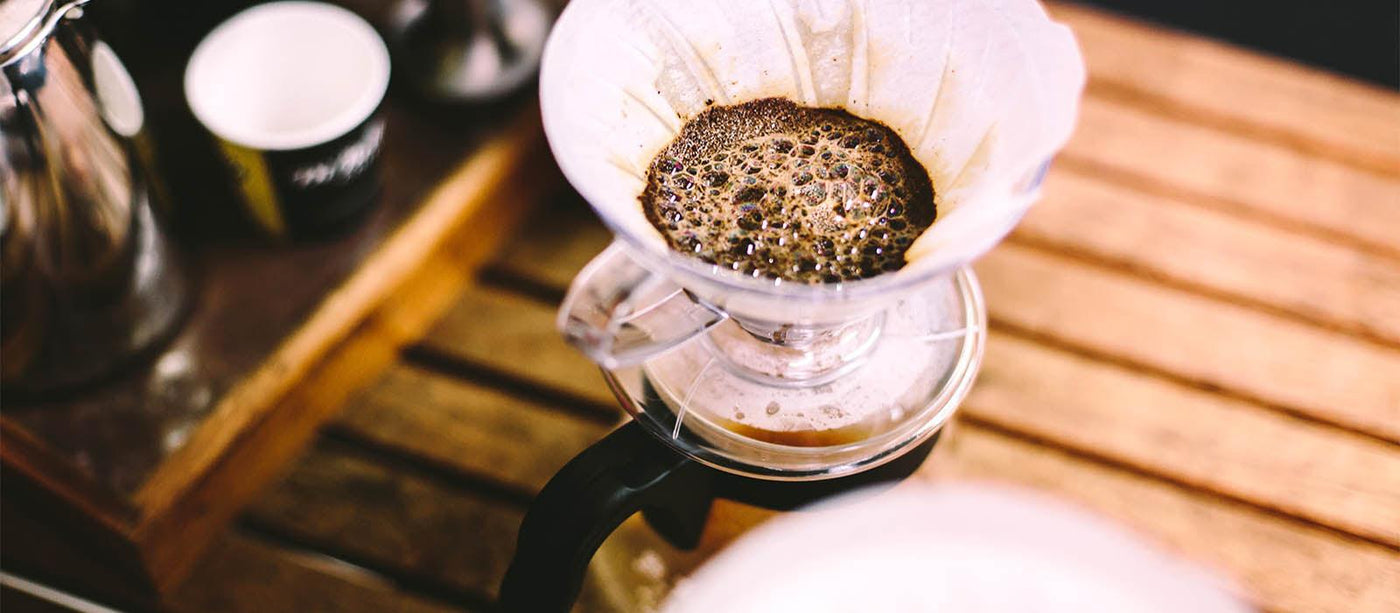The Effect of Various Coffee Brewing Methods on Flavor and Scent
The Effect of Various Coffee Brewing Methods on Flavor and Scent
Blog Article
Exploring the Art of Coffee Brewing: A Comprehensive Guide to Refining Your Cup
The art of coffee developing is a diverse self-control that merges scientific research with individual expression, where the selection of beans, water top quality, and developing techniques merge to create a polished sensory experience. Recognizing the subtleties of different coffee beans, especially the differences between Arabica and Robusta, is essential for any fanatic.
Understanding Coffee Beans
To truly value the art of coffee brewing, one need to initially recognize the fundamental aspect: coffee beans. Coffee beans mostly drop right into 2 categories: Arabica and Robusta.

Additionally, the processing method-- whether cleaned, natural, or honey-- influences the beans' final taste. Recognizing these components enables makers to pick the appropriate beans that straighten with their preferred flavor profile, inevitably improving the coffee brewing experience. coffee brewing methods. This understanding is essential for anyone aspiring to grasp the craft of brewing the perfect mug of coffee
Developing Techniques Discussed
Numerous fanatics discover that the selection of developing approach significantly impacts the final taste and scent of their coffee. Each technique takes advantage of various removal methods, affecting the coffee's character and richness.
Drip developing, one of one of the most preferred techniques, uses a maker to leak warm water with ground coffee, producing a tidy and consistent cup. French press, on the various other hand, submerses coffee grounds in hot water, enabling a fuller body and more robust taste, as oils and great fragments stay in the mixture.
Pour-over developing uses a meticulous technique, where water is manually poured over coffee premises, permitting exact control over extraction time and temperature level, causing a nuanced and intense cup.
Espresso, a focused coffee brewed under stress, is known for its solid taste and creamy texture, functioning as the base for numerous coffee beverages, consisting of cappucinos and cappuccinos.
Crucial Equipment Needed
The structure of any kind of effective coffee developing process lies in quality equipment tailored to your recommended approach. A reliable coffee mill is essential; freshly ground beans Our site substantially boost taste and aroma.
Following, consider your brewing device. Options range from drip coffee machine and pour-over arrangements to French presses and coffee makers. Each method offers distinct flavor accounts and developing strategies, so pick one that lines up with your taste choices.
An exact range is also indispensable, enabling you to measure coffee and water accurately, which is essential for uniformity. Additionally, a thermostat can aid check water temperature, as it straight influences removal quality.
Mastering Water High Quality
The top quality of water utilized in developing coffee plays a substantial function in determining the final taste profile of the cup. Different aspects contribute to water top quality, including mineral web content, pH level, and total purity. Preferably, water ought to be cost-free from pollutants and pollutants, as these can negatively impact the taste of coffee.
Minerals, such as calcium and magnesium, boost the extraction of flavors from the coffee grounds, while keeping a well balanced pH check out here level-- around 6.5 to 7.5-- is important for ideal removal. Water that is also soft might cause under-extraction, resulting in weak or sour tastes, while overly difficult water can generate a bitter or harsh cup.
For the best results, filtered water is advised, as it reduces the visibility of chlorine and various other undesirable substances typically located in faucet water. In addition, take into consideration making use of water with an Overall Dissolved Solids (TDS) degree in between 150-200 ppm, which is generally ideal for coffee brewing. By grasping water top quality, you can lay a strong structure for attaining a constantly outstanding mug of coffee, permitting the special qualities of your selected check these guys out beans to radiate through.

Tips for Flavor Enhancement
Enhancing the flavor of your coffee can substantially elevate your brewing experience and draw out the distinct subtleties of your chosen beans. To accomplish this, think about several vital elements that affect preference.
First of all, the grind dimension plays a crucial role. A finer grind enhances extraction, resulting in bolder flavors, while a coarser work yields a milder cup. coffee brewing methods. Adjust your work according to your developing method to achieve optimum results
Second of all, experiment with mixture time. Over-extraction can lead to resentment, while under-extraction cause a sour preference. Objective for a mixture time that balances these extremes, generally between two to 4 minutes, depending on your technique.
Brewing with water that is too warm can blister the coffee, while water that is too trendy may fall short to draw out ample flavor. In conclusion, the art of coffee developing is a complex practice that needs a deep understanding of numerous components, consisting of bean option, brewing methods, and water top quality. By incorporating these elements, coffee enthusiasts can boost their developing strategies, resulting in a mug that not just pleases personal choices however likewise showcases the rich intricacy of coffee tastes.
The art of coffee brewing is a diverse discipline that combines scientific research with individual expression, where the selection of beans, water quality, and developing techniques converge to produce a refined sensory experience.To really value the art of coffee brewing, one have to initially understand the fundamental aspect: coffee beans. Brewing with water that is also warm can blister the coffee, while water that is too awesome might fail to draw out appropriate taste. In final thought, the art of coffee developing is a complex practice that requires a deep understanding of various components, including bean selection, brewing methods, and water quality. By incorporating these components, coffee fanatics can raise their brewing methods, resulting in a mug that not only pleases personal choices yet additionally showcases the abundant intricacy of coffee flavors.
Report this page